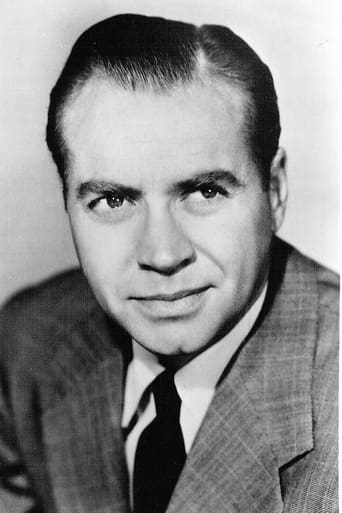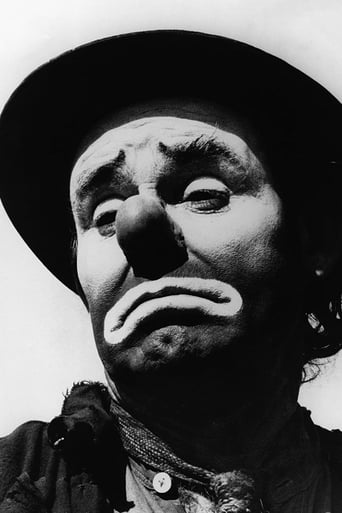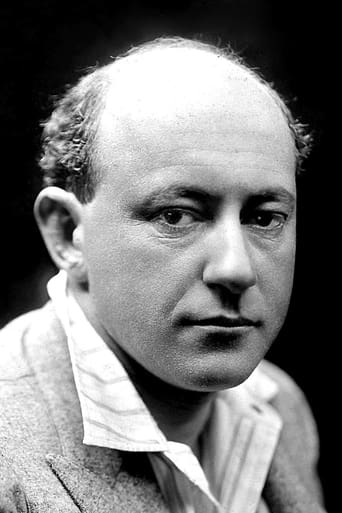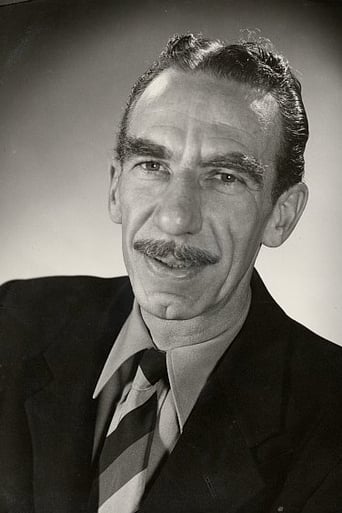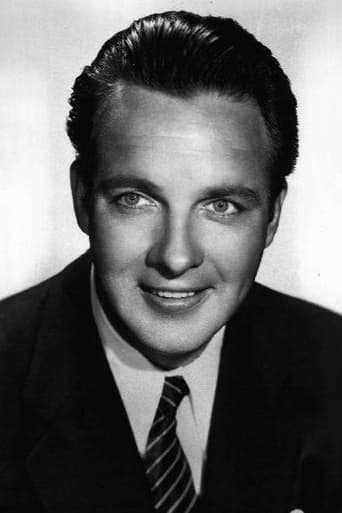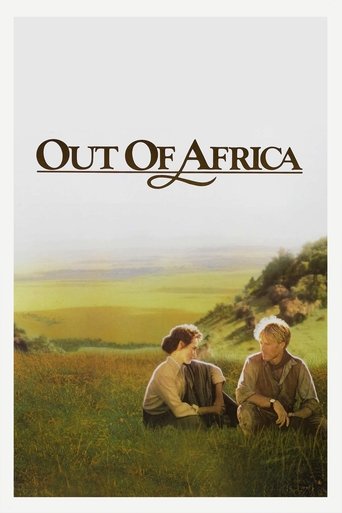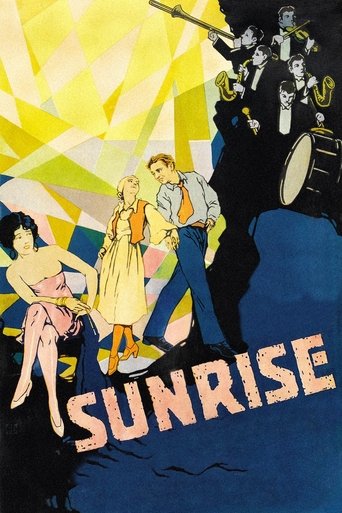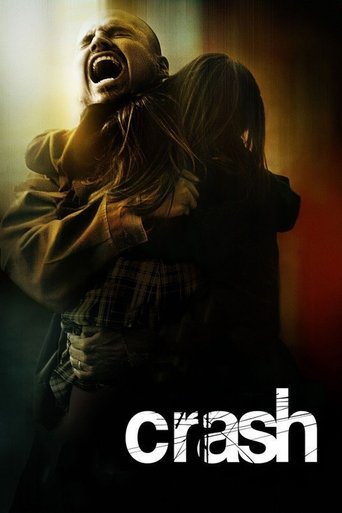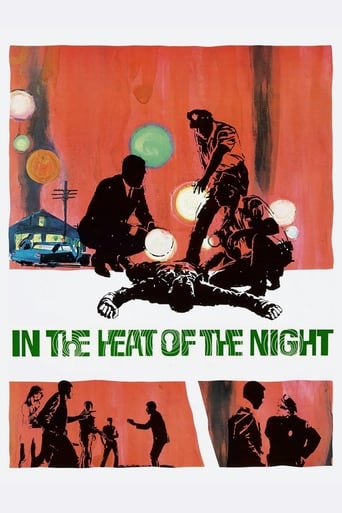
The Greatest Show on Earth (1952)
To ensure a full profitable season, circus manager Brad Braden engages The Great Sebastian, though this moves his girlfriend Holly from her hard-won center trapeze spot. Holly and Sebastian begin a dangerous one-upmanship duel in the ring, while he pursues her on the ground.
- Cecil B. DeMille
- Edward Salven
- Arthur Rosson
- Theodore St. John
- Fredric M. Frank
- Frank Cavett
- Barré Lyndon
- Fredric M. Frank
- Theodore St. John
Rating: 6.31/10 by 247 users
Alternative Title:
Sous le plus grand chapiteau du monde - FR
O Maior Espetáculo da Terra - BR
大马戏团 - CN
지상 최대의 쇼 - KR
El mayor espectáculo del mundo - ES
Country:
United States of America
Language:
English
Pусский
Runtime: 02 hour 32 minutes
Budget: $4,000,000
Revenue: $36,000,000
Plot Keyword: circus, clown, traveling circus, trapeze artist
***Delivers the goods for what it is — a big traditional circus flick*** Ringling Brothers and Barnum & Bailey Circus hires a popular Casanova trapeze artist, The Great Sabastian (Cornel Wilde), in order to keep their tour schedule full and he wastes no time romancing his rival for the center ring, Holly (Betty Hutton), who’s in love with the solemn manager (Charlton Heston). But, wait, Angel, the elephant babe (Gloria Grahame), is also in love with the boss man! Meanwhile, the resident clown has a secret past (Jimmy Stewart) and Dorothy Lamour is on hand as a performer. A Cecil B. DeMille production, “The Greatest Show on Earth” (1952) is infamous for winning the Best Picture award above “High Noon” and “The Quiet Man” (and maybe also “Singin’ in the Rain,” which actually wasn’t a huge hit when it was released). I think these critics might be jealous, however, in light of the fact that “The Greatest Show on Earth” was hugely successful with audiences and made 4.5 times as much at the box office compared to “High Noon” and “The Quiet Man.” How much a person appreciates this movie no doubt comes down to whether or not they like the traditional circus and everything that goes with it, but their approval will also rest on if they can appreciate quaint melodrama and the corresponding hammy acting (think “Gone with the Wind”). I was able to acclimate and really enjoyed the picture. There’s constant circus entertainment, of course, but the drama behind the scenes also hooks the viewer, over-the-top though it may be. There’s also an impressive train wreck in the last act. Underneath it all is a welcome warm heart. Of the three women in the main cast, Betty Hutton is the fittest and has the most screen time, but Gloria Grahame is the most alluring, followed by Dorothy Lamour. If you favor circus movies, like the great “Water for Elephants” (2011), you’ll probably appreciate this one, as long as you can adjust to the dated style. The film runs 2 hours, 32 minutes, and was shot in Sarasota, Florida, and Paramount, Hollywood. GRADE: B+/A-
Hyperbole is quite common nowadays with a premium paid for hype and superlatives; but this film really does deserve one such accolade - it is a spectacular feast for the eyes. Set in a travelling circus that appears to employ the population of a small town, we are taken on the frequently bumpy journey of this collection of artistes, misfits and animals as they criss-cross America delighting audiences young and old. It's all headed up by "Brad" (Charlton Heston) who has quite a juggling act of his own trying to keep the profiteers from encroaching on his schedules, his staff from eating each other and to find time for a little romance of his own. On that latter front, we can look to lively efforts from Betty Hutton, Dorothy Lamour, Gloria Grahame and Cornel Wilde as the modestly monikered "Great Sebastian" as the lives, loves and jealousies of these performers take shape. The photography is great - it takes you back to when a circus was a must-see event for millions presenting artistic feats of airborne gymnastics and all facets of humanity - and the animal kingdom - to a spellbound audience. Oscar winning Cecil B. De Mille and cinematographer George Barnes work well to create a colourful and sumptuous film to look at. Sadly, though, it is a bit of a triumph of style over substance. The dialogue is wordy and actually fairly poor, and neither Heston nor Wilde are at their best as the melodrama gradually supplants the imagery creating a rather dreary love-triangle style romance that I found actually quite dull. It's way too long - the skilful photography can only carry the extravaganza so far before it all just starts to drag and although there are some interesting interventions from real life circus performers, the actors just don't blend in quite so well. Except, that is for the clown - James Stewart - who seems to serve as a sort of benign agony aunt to the troupe, whilst concealing secrets of his own. Of all of the epic cinema produced by De Mille, this is probably his least well remembered - and although the production standards are as high as any trapeze artist could ever hope to get, I still couldn't get the scent of manure out of my mind... It is a film one ought to watch though, a part of the history of an industry that set a standard for many to come, but as a piece of drama it is lucky it has a net.








